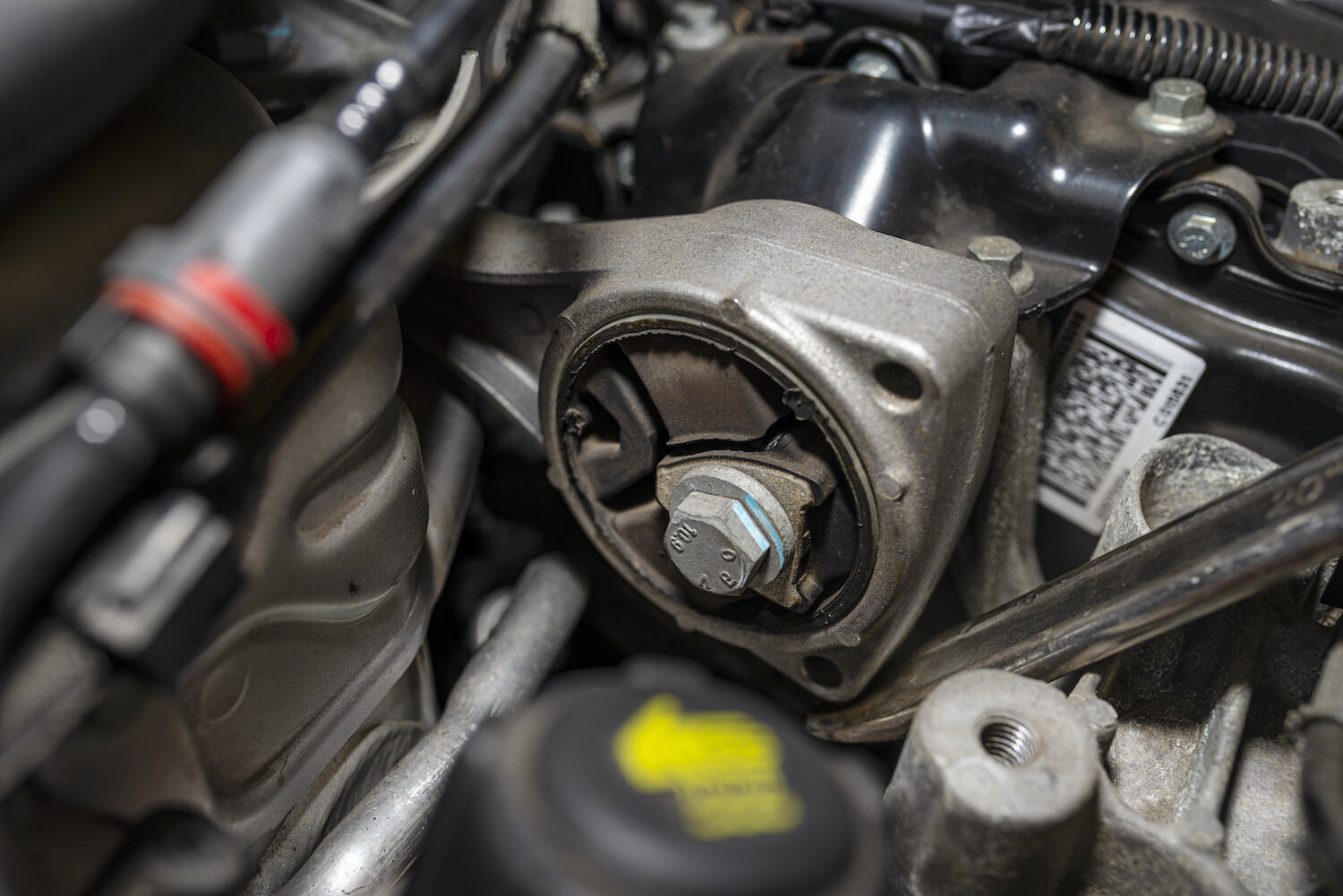Engine mounts are the silent guardians of your driving comfort, absorbing engine vibrations and preventing them from rattling the cabin. But when mounts crack or sag due to age, heat, or torque stress, they transfer vibrations directly to the chassis, creating a buzzing steering wheel, dashboard tremors, and even drivetrain misalignment. Traditional inspections often miss subtle issues, but HTL’s dynamic load testers diagnose and realign mounts with precision, restoring smooth operation.
Engine mounts are designed to handle specific loads in three axes: vertical, lateral, and torsional. When compromised, they fail to dampen vibrations effectively. Common failure modes include:
Cracked rubber bushings: Allows metal-to-metal contact between the engine and chassis.
Hydraulic fluid leaks: In hydraulic mounts, fluid loss eliminates damping.
Misalignment: Engine shifts under load, straining exhaust and drivetrain components.
Symptoms to Watch For:
Vibrations at idle or during acceleration.
Clunking noises when shifting gears.
Visible cracks or oil seepage (hydraulic mounts).

HTL’s tools go beyond visual checks by replicating real-world forces to pinpoint weak mounts:
Multi-axis load cells: Apply up to 2,000 N of force in vertical, lateral, and torsional directions.
Vibration frequency analysis: Detects resonant frequencies between 10–200 Hz linked to cabin shakes.
Laser alignment sensors: Measure engine position shift within 0.1 mm accuracy.
Hydraulic simulation: Tests hydraulic mounts under fluid pressure (0–50 psi).
1. Initial Inspection
Visually check mounts for cracks, sagging, or fluid leaks.
Use a pry bar to test for excessive movement (do not exceed 5 mm deflection).
2. Connect the Load Tester
Mount HTL’s sensors on the engine block and chassis.
Secure the load applicator to the engine mount.
3. Simulate Operating Conditions
Idle test: Apply 100–300 N vertical load to mimic engine vibration.
Acceleration test: Ramp up to 1,500 N lateral force (simulates torque during hard acceleration).
Shift shock test: Apply torsional spikes (200 N·m) to replicate gear changes.
4. Analyze Results
Review vibration amplitude graphs; healthy mounts should dampen ≥80% of oscillations.
Check laser alignment data—engine shift should stay within 2 mm under load.
5. Realign or Replace
Adjust mount brackets using HTL’s alignment guides.
Replace mounts if damping efficiency drops below 50% or cracks are found.
| Factor | Traditional Inspection | HTL Dynamic Testing |
|---|---|---|
| Diagnostic Accuracy | 60–70% (visual/tactile only) | 95%+ (data-driven analysis) |
| Test Time | 20–30 minutes (subjective) | 10–15 minutes (automated) |
| Load Simulation | Static weight tests only | Real-time multi-axis dynamic forces |
| Preventive Insights | Limited | Predicts remaining mount lifespan |
Ignoring harmonic frequencies: Vibrations at specific RPMs often point to mount resonance.
Over-tightening mounts: Compresses bushings, reducing damping capacity.
Testing cold mounts: Rubber stiffness varies with temperature—test at 20–30°C.
Precision: Quantifies vibration sources invisible to traditional methods.
Cost savings: Avoids misdiagnoses (e.g., blaming unbalanced tires).
Customer trust: Data-backed reports justify repair recommendations.
Upgrade your diagnostics with HTL’s dynamic load testers. [Request a Quote] or join our next webinar on vibration analysis!
Q: Can HTL test electronic active mounts?
A: Yes—compatible with OEM systems like Audi’s dynamic mounts.
Q: How often should mounts be tested?
A: Every 60,000 miles or if vibrations exceed 0.5 g (per SAE J1490).
Q: Do polyurethane mounts require testing?
A: Yes—while durable, they can still misalign or harden over time.
With HTL’s tools, you’re not just fixing shakes—you’re engineering serenity. 🚗🔧✨
